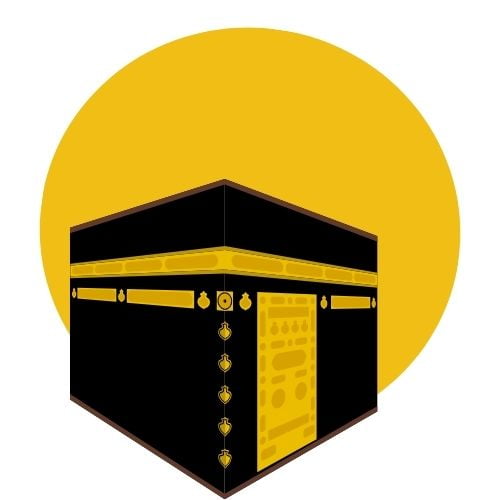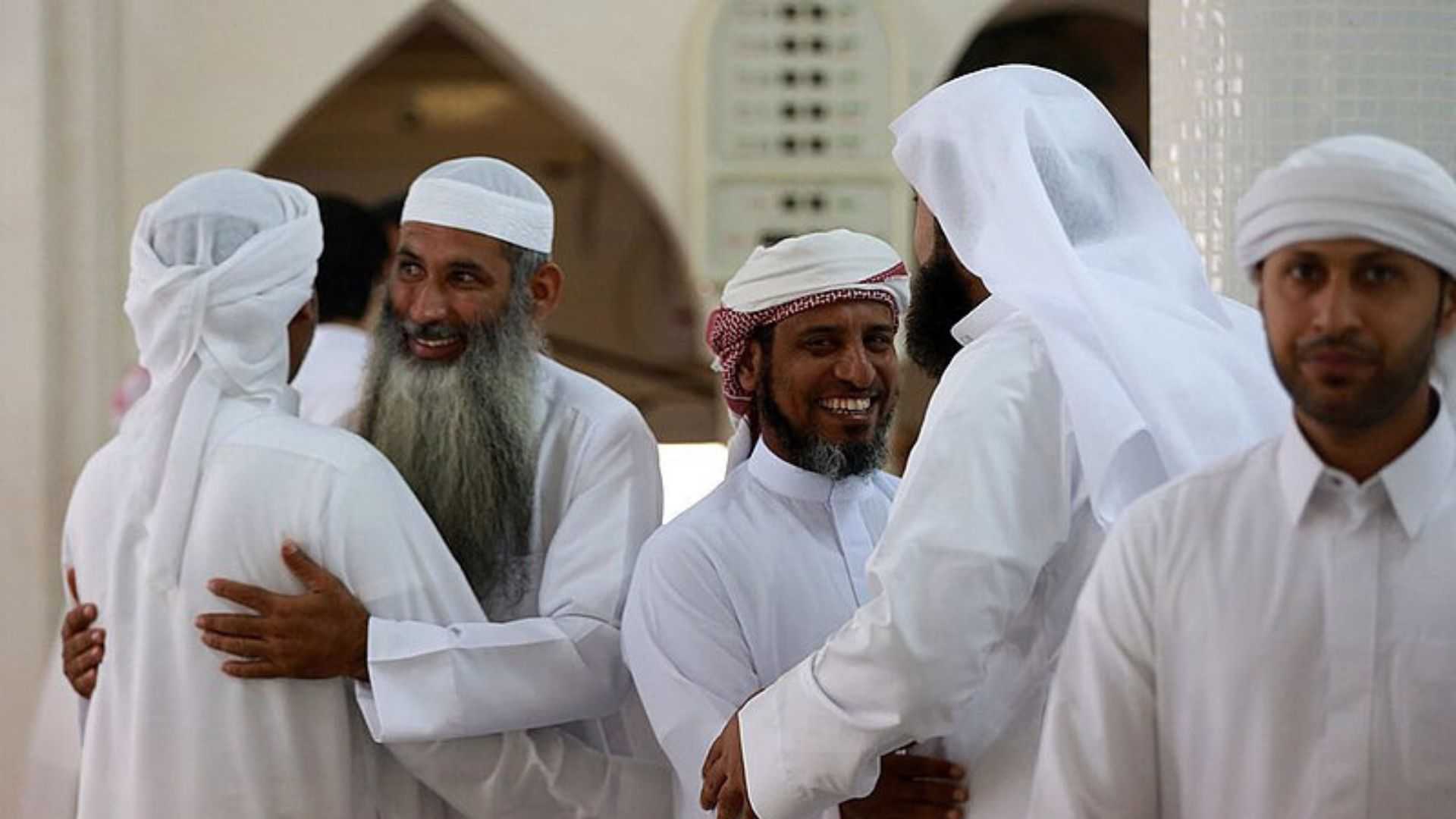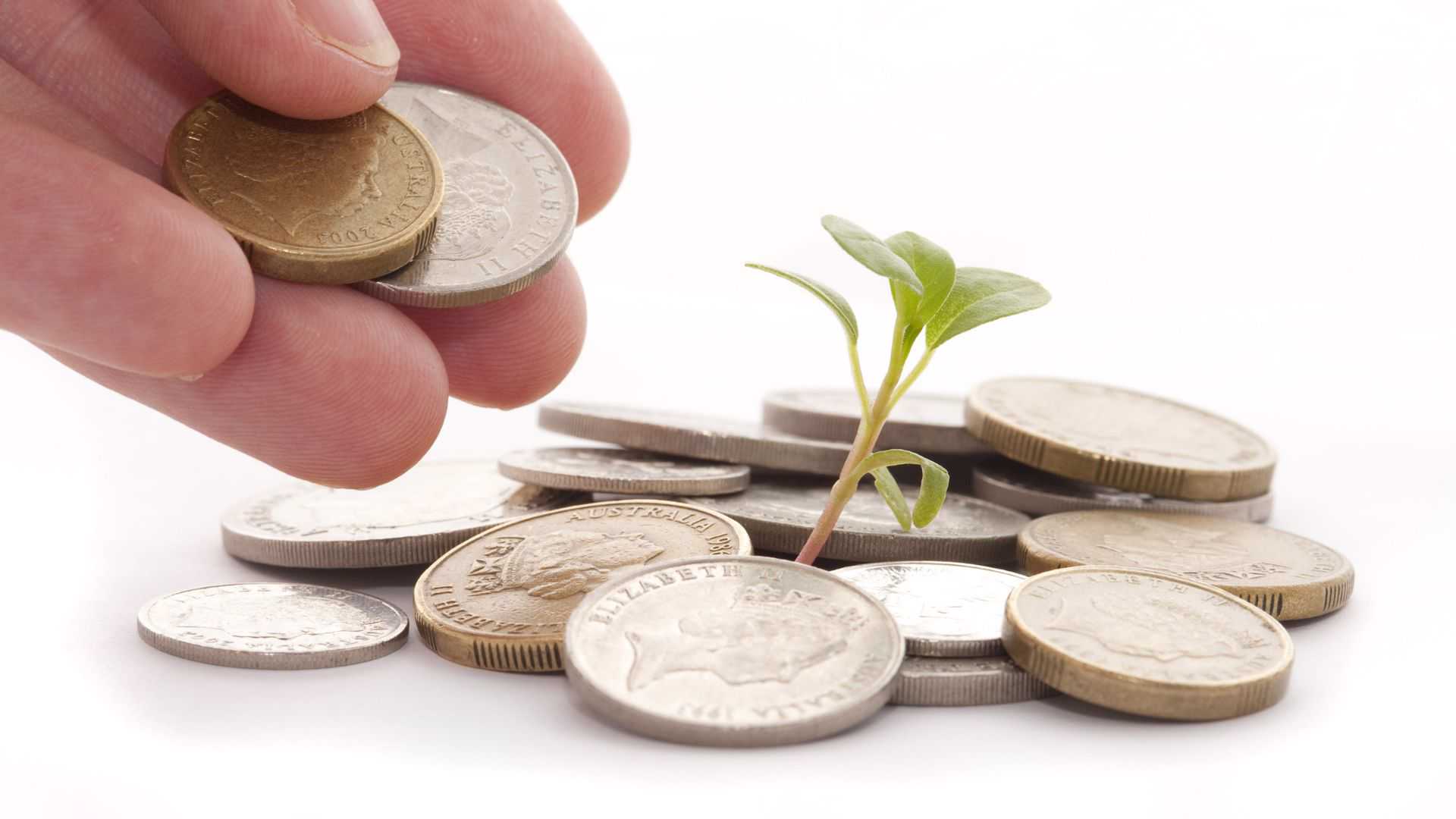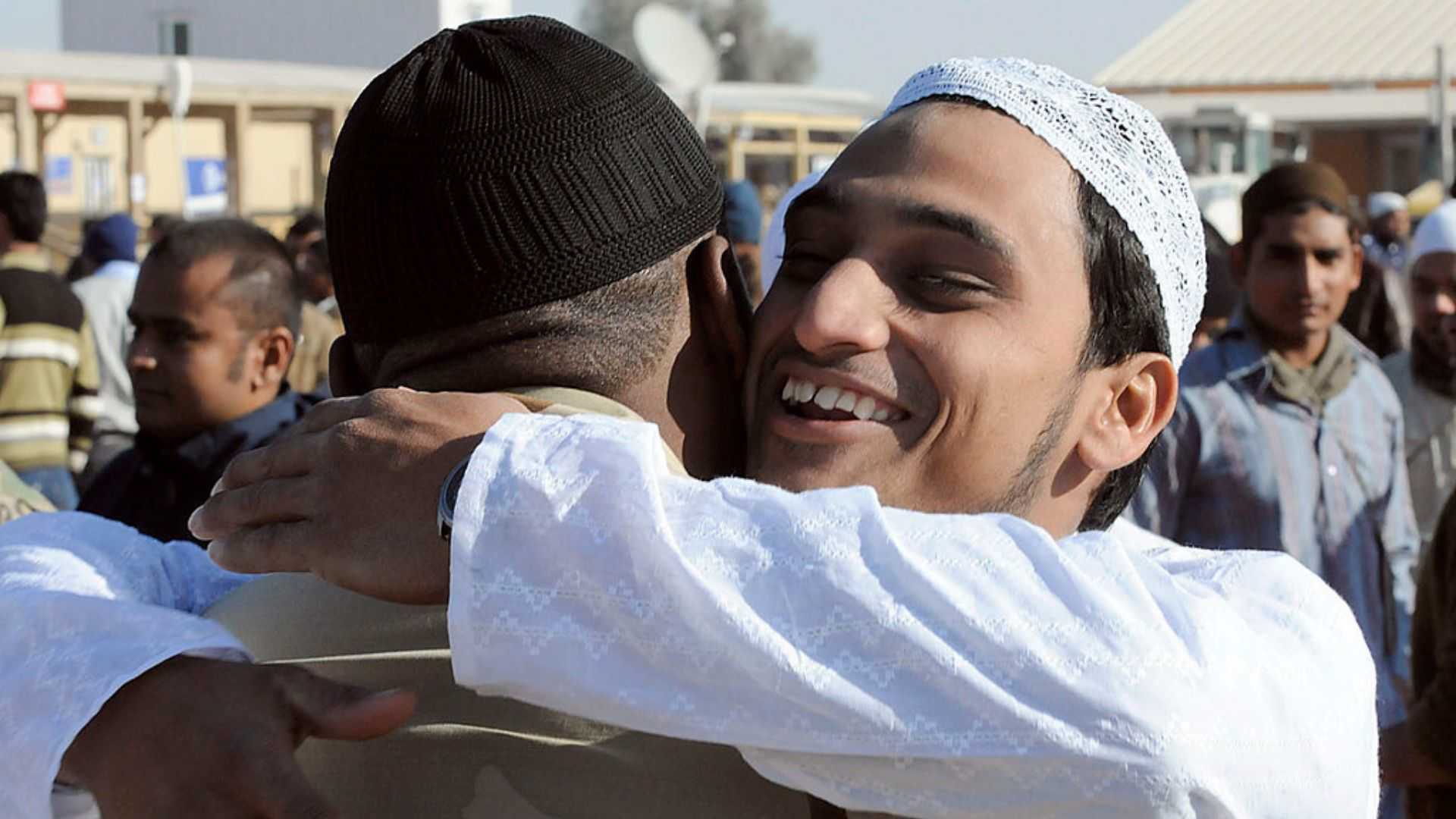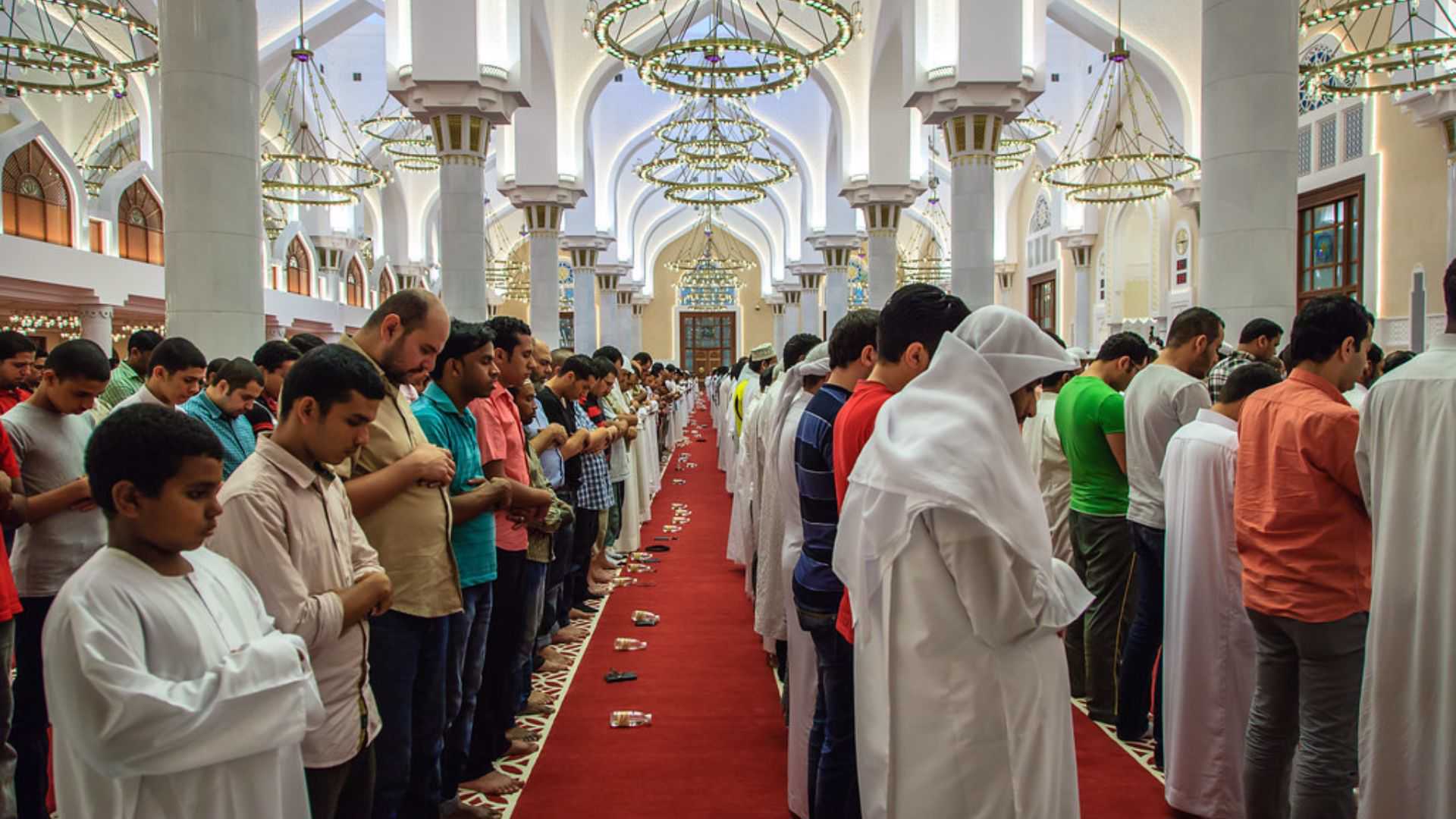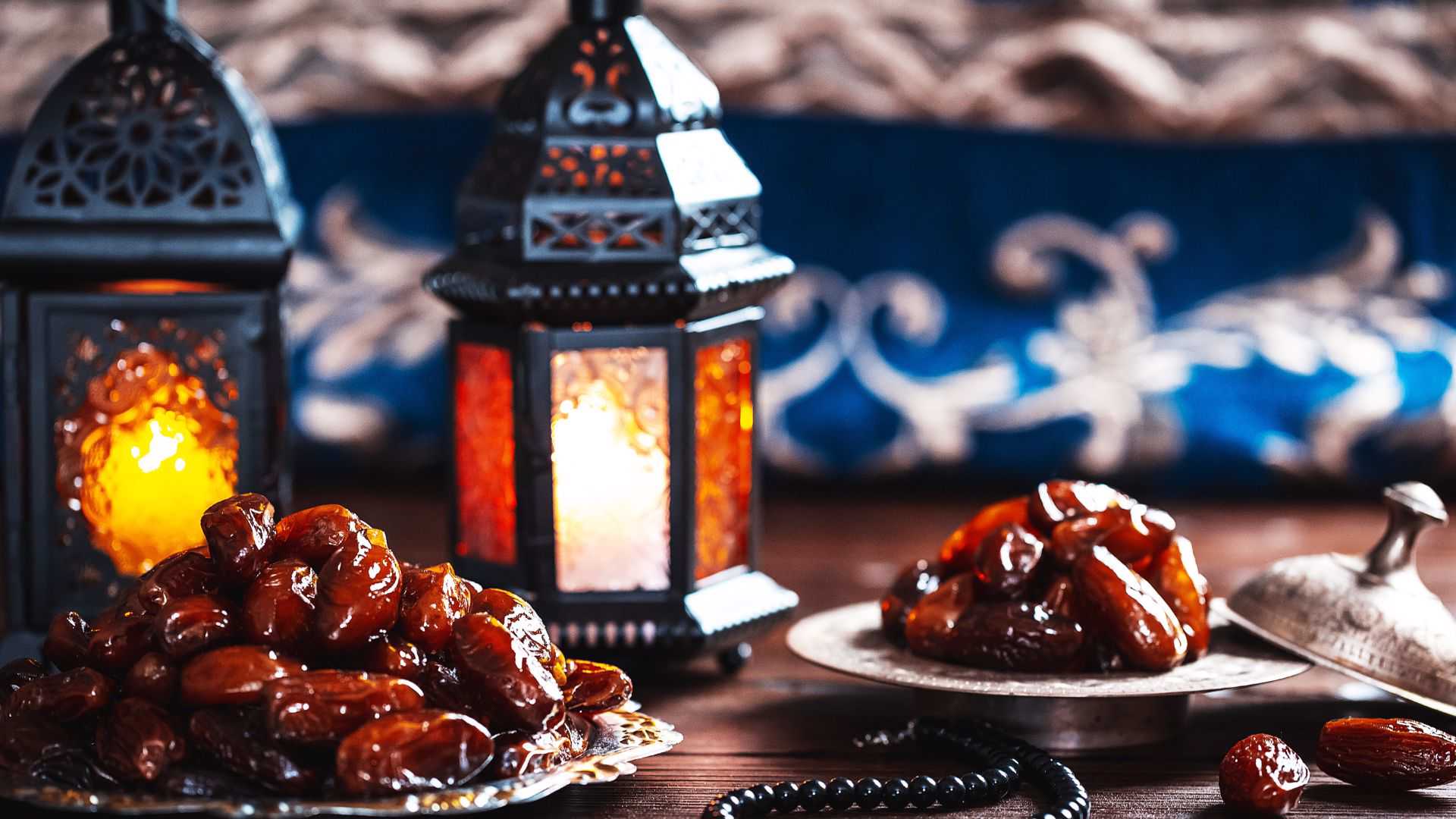Eid-ul-Fitr is one of the most important festivals celebrated by Muslims all around the world. It marks the end of the holy month of Ramadan, during which Muslims fast from dawn till dusk. Muslims express their appreciation to Allah on this day for giving them the strength and health to endure the long Ramadan fast. Muslims say prayers and express gratitude to Allah for His favors and blessings. The holiday of Eid ul Fitr 2023, which will be observed in 2023, is eagerly anticipated since it is meant to foster Muslim unity and brotherhood.
The festival is a time for families and friends to come together, exchange gifts, and enjoy traditional foods. In this article, we will discuss the date, significance, history, and activities associated with Eid-ul-Fitr 2023.
Date of Eid-ul-Fitr 2023:
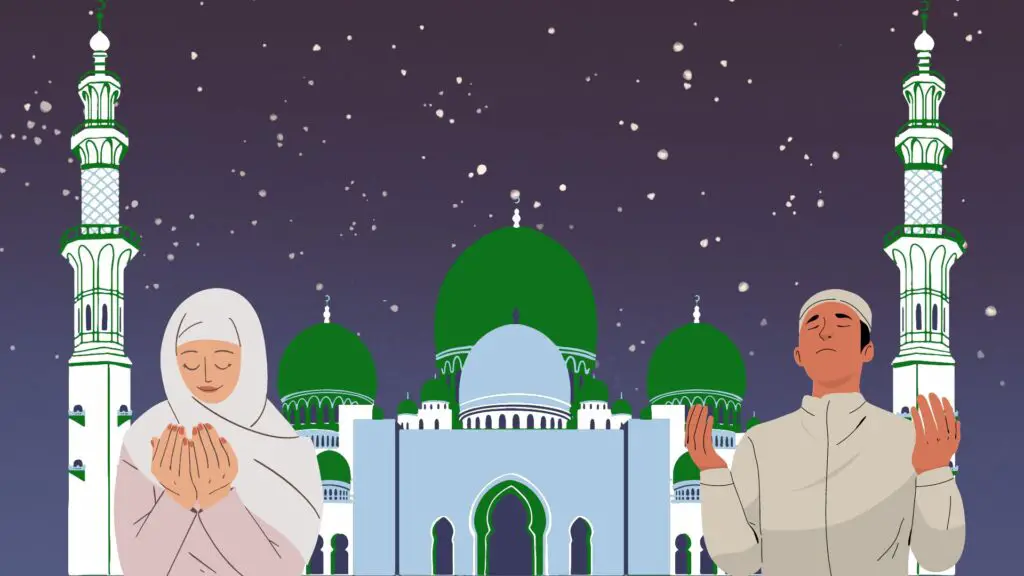
The date of Eid-ul-Fitr is determined by the Islamic lunar calendar, which is based on the sighting of the crescent moon. According to the Islamic calendar, Eid-ul-Fitr falls on the first day of Shawwal, the tenth month of the Islamic calendar.
1. Eid-ul-Fitr date in Saudi Arabia (Middle East): Eid ul-Fitr 2023 will start on the evening of 20th April 2023 and end on the evening of 21st April, 2023 for Saudi Arabia and middle east countries.
2. Eid-ul-Fitr date in India (Indian Subcontinent): Eid ul-Fitr 2023 will start on the evening of 21th April 2023 and end on the evening of 22nd April, 2023 for India and neighboring countries.
The exact date of Eid-ul-Fitr 2023 will be confirmed closer to the time, based on the sighting of the moon.
Significance of Eid-ul-Fitr:
Eid-ul-Fitr is a time for Muslims to celebrate the end of the month of Ramadan, during which they fasted from dawn till dusk. It is a time to give thanks to Allah for his blessings and to ask for forgiveness for any sins committed during the month of Ramadan. The festival is also a time to renew ties with family and friends, to forgive past grievances, and to show compassion to the less fortunate.
Eid ul Fitr serves as a reminder that we should be kind to those who are less fortunate in addition to being a time for contemplation, new beginnings, and celebration with loved ones. The holiday serves as a reminder to Muslims to welcome members of all social and economic groups and to share the joy of celebrations with the disadvantaged, the needy, and the unloved. The Prophet Muhammad (PBUH) personally used to make certain that all the underprivileged, oppressed, and widows might share in the delights of Eid ul Fitr. On this day, every Muslim is expected to give to those in need and reflect on their blessings.
History of Eid-ul-Fitr:
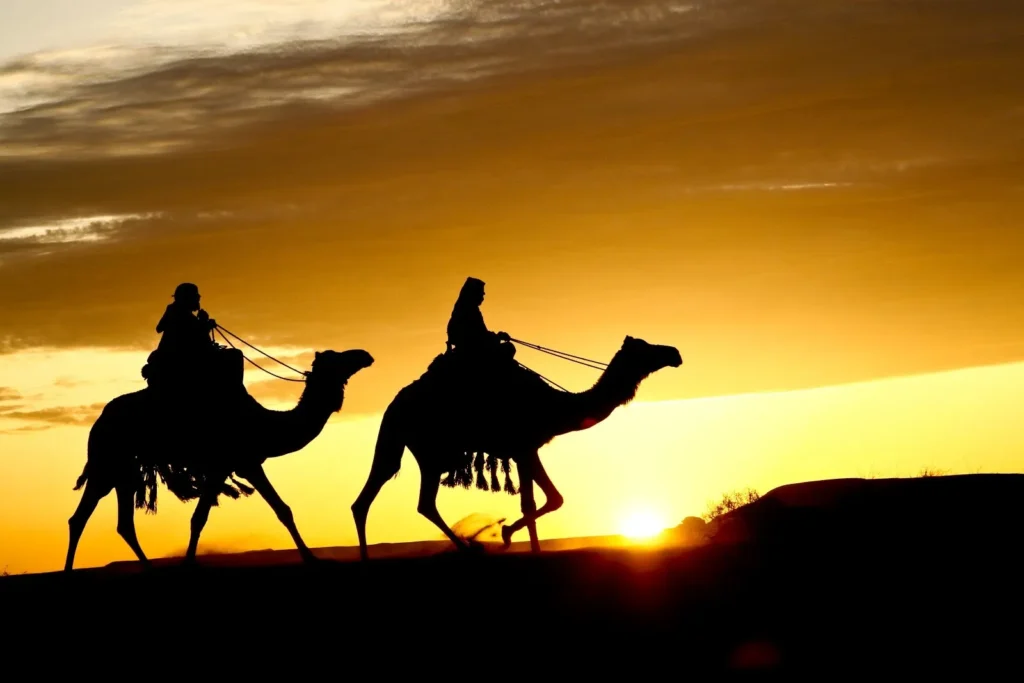
The festival of Eid-ul-Fitr has its roots in the early days of Islam. According to tradition, the Prophet Muhammad observed the first Eid-ul-Fitr in Medina after his migration from Mecca in 622 AD. He instructed his followers to observe the festival and to give to charity to help the poor and needy. Over time, the festival has become an important part of Islamic tradition, celebrated by Muslims all over the world.
The festival of Eid Ul-Fitr, which literally translates to “festival of breaking the fast,” is held to mark the conclusion of Ramadan. It also marks the beginning of the Shawwal month.
Eid ul Fitr Purpose
Eid ul Fitr marks the end of a month of prayer, fasting, and refraining from any bad deeds and thoughts. On this blessed day, Muslims around the world express their gratitude to Allah for providing them with the grit, resolve, and perseverance necessary to complete the month-long fast and follow His instructions during Ramadan. They ask Allah for guidance in staying on the correct path and ask for rewards for doing good things during the holy month.
Activities associated with Eid-ul-Fitr:
Eid-ul-Fitr is a time for celebration and joy. Muslims wake up early in the morning, perform their morning prayers, and get ready for the day’s festivities. They dress up in new clothes and exchange gifts with family and friends. They also prepare traditional foods such as biryani, kebabs, and sweets. It is a time to visit relatives and friends, to give to charity, and to forgive past grievances.
How to celebrate Eid ul Fitr
1. Offer Eid prayers
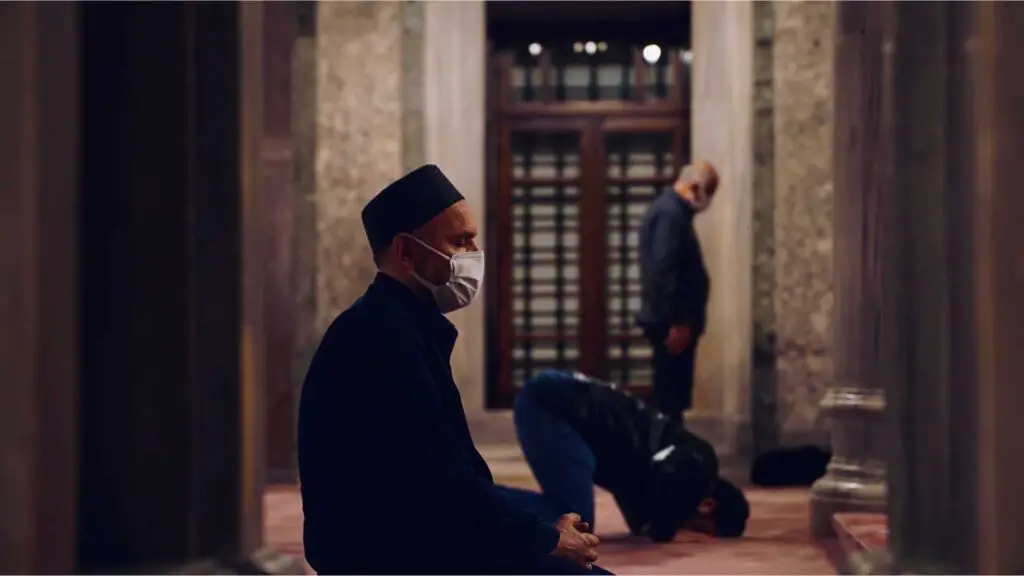
All Muslims perform Eid prayers, also referred to as Eid salah, on Eid ul Fitr when the fast is completed. This prayer consists of six or twelve additional takbeers in addition to two Rakaat units. There are 7 takbeers in the first rakaat and 5 in the second. These prayers are performed to express thanks to Allah for giving Muslims the holy month of Ramadan and allowing them to do Ibadah during it. Additionally, it enables Muslims to begin the holy day with devotion to Allah and demonstrate their submission to Him. Eid prayers are typically done along with friends, family, and other Muslims in congregation.
2. Savour Food dishes
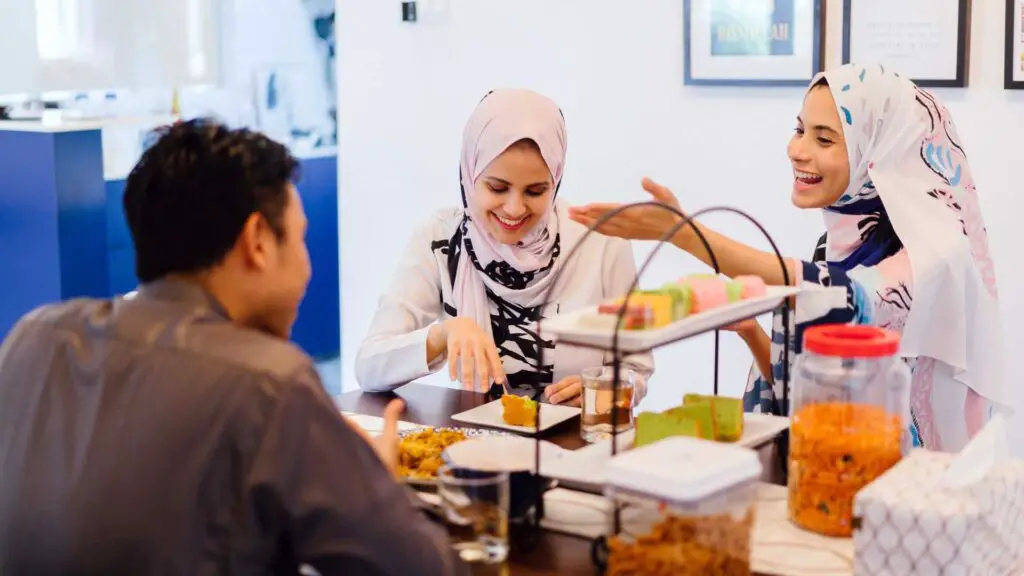
Muslims are not permitted to fast during Eid ul Fitr. A simple breakfast with dates and other sweets is customarily served to start off the festival. After that, families and friends get together for lunch to eat a variety of regional specialties such qatayef, kunafa, and kahk. A substantial food spread, comprising dishes like kebabs, biryani, haleem, nihari, and the traditional dessert known as sewayieya, is deemed necessary for the feast. Muslims gather together with their friends, family, and acquaintances after completing their Eid prayers. They frequently host huge gatherings in homes, community centres, or halls that are rented out.
3. Perform charity and zakat al-Fitr.
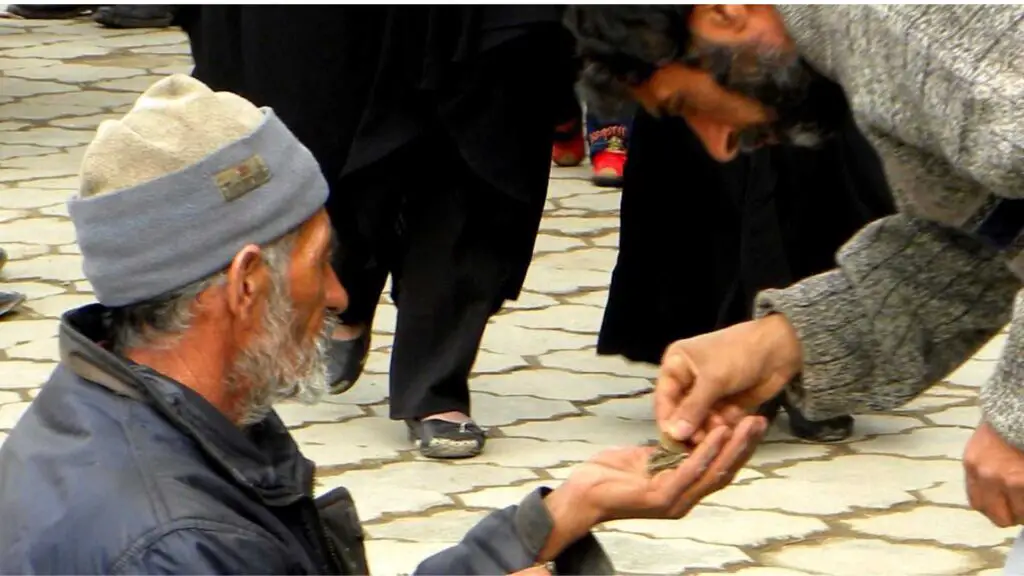
Eid ul Fitr is regarded as a charity day as well. Muslims provide charity known as Zakat al-Fitr, which is required, in addition to thanking Allah. Many Muslims give meals to those in need as volunteers at food banks and soup kitchens. Muslims use Eid ul Fitr as a day of self-reflection to consider their acts and determine whether they have helped others who are less fortunate.
4. Giving Greetings and Gifts
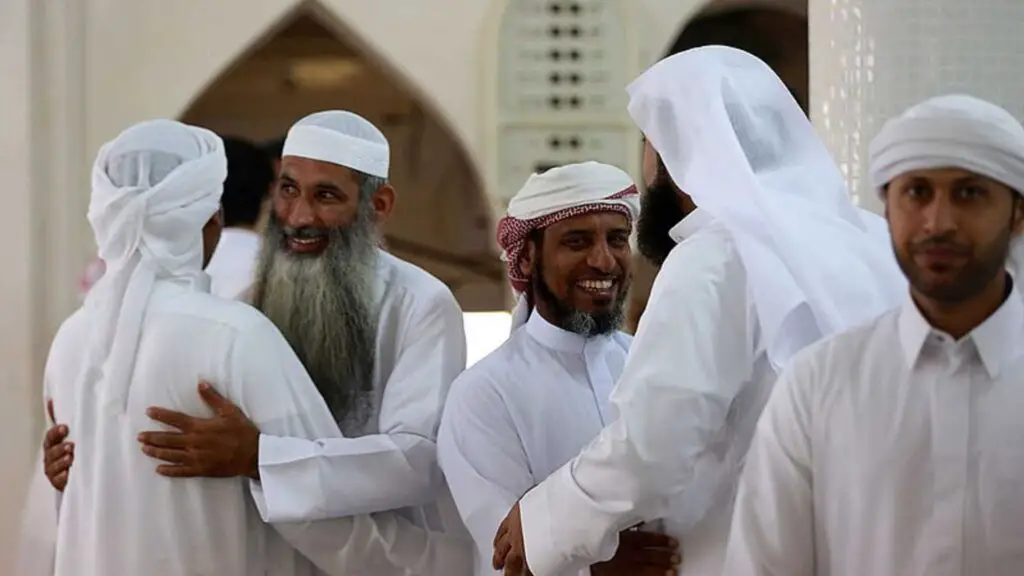
Greetings, presents, and well wishes are all commonly exchanged during Eid ul Fitr celebrations. Muslims all throughout the world dress in new outfits, give out sweets, and greet one another by saying “Eid Mubarak,” which translates to “Have a blessed Eid.”
On Eid, elders give children money and presents. Dates and cookies are among the sweets that people exchange with neighbours, coworkers, loved ones, and even complete strangers. Family members exchange gifts with each other. Usually, the younger members of the family receive the majority of the gifts. Muslims also create decorations in their homes and businesses.
5. Wear new clothes.
On Eid Ul-Fitr, it is customary to dress in new garments. It is a time to celebrate in new dresses, put on perfume, pray salah, and meet and greet friends and family.
6. Decorate streets and homes
Muslims display bright lights, banners, and balloons on their homes and streets. It is a means of fostering a joyful environment and spreading happiness.
Eid ul Fitr Facts
Some amazing Eid ul Fitr facts are as follows:
1) Eid ul Fitr is known by various names around the world, including ‘Korite’ in Senegal, ‘Ramazan Bairami’ in Azerbaijan, ‘Hari Raya Puasa’ in Malaysia and ‘Lebaran’ in Indonesia.
2) Two times a year, Eid is observed. At the conclusion of Ramadan, Eid ul-Fitr is observed first, followed shortly by Eid al-Adha.
3) More than 2 billion Muslims throughout the world celebrate Eid ul Fitr, one of the largest religious holidays in existence.
4) Eid ul Fitr typically lasts three days. The duration of the festivities, however, can vary depending on the year it occurs.
The sighting of the crescent moon determines when Eid ul Fitr will be celebrated.
For Muslims around the world, Eid ul Fitr 2023 is a day of joy, forgiveness, prayers, and excitement observed in the month of Shawwal. Everyone, from young children to adults and older citizens, looks forward to the day that ends the fast and ushers in the holiday season.
FAQs for Eid Ul Fitr 2023
What does Eid ul Fitr mean?
Is eating breakfast on Eid ul Fitr required?
Yes, fasting on Eid ul Fitr is prohibited for Muslims. On this day, they must break their month-long fast.
Is Eid ul Fitr a required day for charitable giving?
Yes, on this day, all financially capable Muslims are required to give zakat al-Fitr.
Do Eid prayers just take place on Eid ul Fitr?
Eid prayers are not done just once a year on Eid ul Fitr; they are also performed on Eid al Adha as well.
Are there any additional Eid celebrations throughout the year?
Following Eid ul Fitr, Muslims also commemorate Eid al Adha. On the eve of Eid al-Adha, it is said that Allah appeared to Ibrahim in a dream and commanded him to sacrifice his son as a sign of his commitment to the faith.
Conclusion:
In conclusion, Eid-ul-Fitr is a time for Muslims to celebrate the end of the holy month of Ramadan. It is a time to give thanks to Allah for his blessings, to renew ties with family and friends, and to show compassion to the less fortunate. The festival has a rich history and is celebrated by Muslims all over the world. We hope this article has provided you with some insight into the significance, history, and activities associated with Eid-ul-Fitr 2023. Share this beautiful knowledge amongst your friends and family.
May this year’s Eid bring blessings and joy to you and your families and may your salahs, fasts, and prayers get accepted.
Wishing our Readers Eid Mubarak!
Read more Islamic Blogs or Follow us on social media for daily Islamic reminders.

